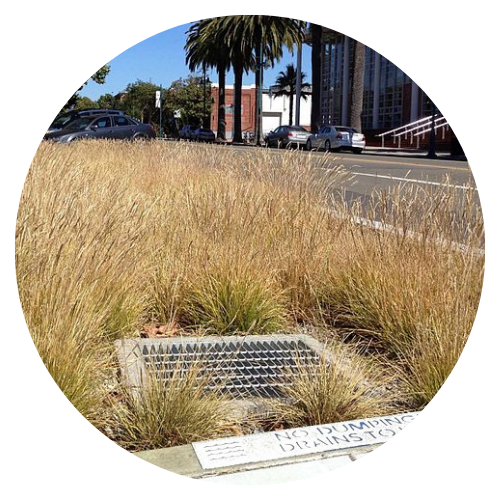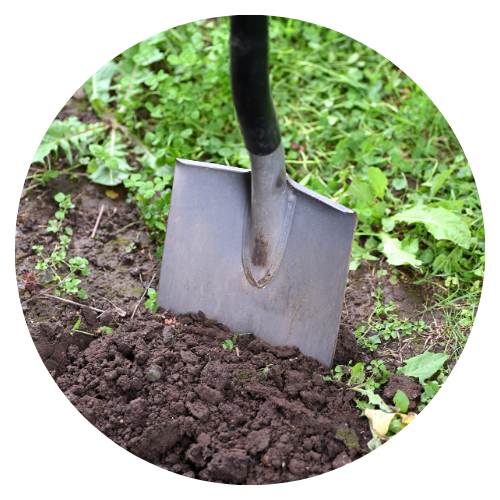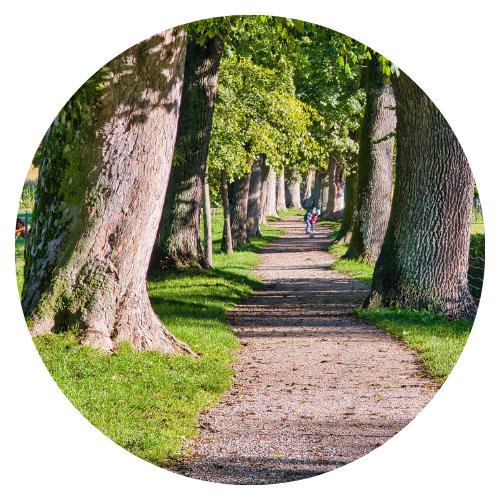 Although LID projects may look like conventional projects, especially the vegetated designs, there are key differences that designers and contractors must consider. LID projects are intended to provide a water quality function and may include design elements, materials, and construction methods that are specifically intended to capture, slow, and/or treat stormwater runoff.
Although LID projects may look like conventional projects, especially the vegetated designs, there are key differences that designers and contractors must consider. LID projects are intended to provide a water quality function and may include design elements, materials, and construction methods that are specifically intended to capture, slow, and/or treat stormwater runoff.
Incorrect design or construction can reduce or eliminate this intended function. Common mistakes in LID include use of the wrong plants or soil mix; incorrect placement or elevation of overflow inlets; and, improper grading that hinders the stormwater runoff from entering the facility. Using good design details and specifications is a crucial first step toward a successful project. LIDI has focused on bioretention design as this type of LID facility is one of the most commonly used. LIDI worked with state and national LID experts to improve bioretention details and specifications based on years of implementation and lessons learned. This website provides designers with a full set of AutoCAD standard details for bioretention facilities and the associated infrastructure elements such as curb cuts, overflow inlets, and check dams; as well as guidance on bioretention soil media and plants.
Use of correct materials such as bioretention soil media and plants is also very important to achieve a successful LID project. Material specifications, guidance for installation and a list of regional vendors are available.
And for those new to constructing LID projects, we have created a guidance document that covers key elements of LID construction such as special construction methods, use of material substitutions, and impacts to project schedule.
Design
LID facilities may look like conventional landscapes, but they are specially designed to slow, treat, and infiltrate stormwater runoff. Bioretention designs are particularly common due to their ability to provide multiple benefits and support regulatory compliance. Therefore, LIDI has focused on bioretention design and has developed details and specifications; guidance on bioretention soil media; and plant selection and landscape installation.
Using good design details and specifications is a crucial first step toward a successful project. LIDI has focused on bioretention design as this type of LID facility is one of the most commonly used. LIDI worked with state and national LID experts to improve bioretention details and specifications based on years of implementation and lessons learned. This website provides designers with a full set of AutoCAD standard details for bioretention facilities and the associated infrastructure elements such as curb cuts, overflow inlets, and check dams; as well as guidance on bioretention soil media and plants. Use of correct materials such as bioretention soil media and plants is also very important to achieve a successful LID project. Material specifications, guidance for installation and a list of regional vendors are available.
Construction
Although projects with LID features may look like conventional development projects, there are key differences construction contractors need to understand to build successful LID projects.
LIDI has developed construction training videos, technical assistance documents, and local material vendor lists to support LID construction. The videos provided below provide insight related to construction of LID facilities.




